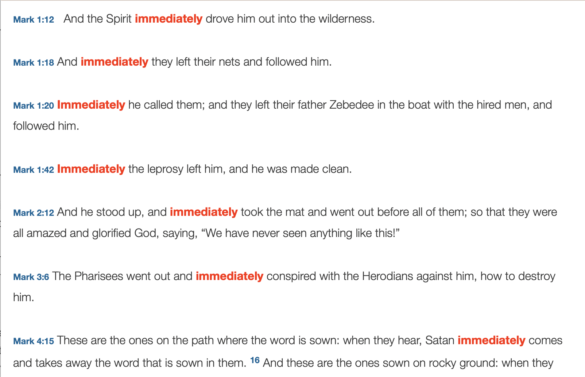Independence Day is one of only two national holidays set aside for observance in our church calendar. (Do you know the other one?*) And like all holy days, it comes with its own set of rituals and ceremonies, both inside and outside the church.
The civic and national observance of Independence Day is one with which we’re all familiar: flags and fireworks, hot dogs and parades, family gatherings and trips to the beach. Up in the small town in Maine where we’ll be this Fourth of July, the day is a joyful celebration of Americana: decorated antique pick-up trucks and kids on red-white-and-blue-streamered tricycles, slowly looping around the tiny downtown area in one of the world’s slowest parades. At our house, we’ll be making our usual “flag cake” with whipped-cream, strawberries, and blueberries in a geometrically-sketchy approximation of the Star-Spangled Banner.
The Church’s observance of Independence Day is a little different. It doesn’t quite contradict the patriotic celebrations; but you might say that at the very least, it complements them.
The Church is, after all, not an American church. Americans make up just a small minority of the global Body of Christ. But even our Episcopal Church isn’t an entirely-American institution: the Diocese of Haiti, after all, is our largest diocese, and the Episcopal Church includes dioceses and parishes in Cuba and Taiwan, Latin America and even Europe.
And so the Church’s readings and prayers for Independence Day carefully remind us that our nation is not the only community to which we belong; and patriotism is not the ultimate value in Christian ethics. “You have heard that it was said,” Jesus reminds us in the Gospel appointed or the day, “‘You shall love your neighbor and hate your enemy.’ But I say to you, Love your enemies and pray for those who persecute you, so that you may be children of your Father in heaven; for he makes his sun rise on the evil and on the good, and sends rain on the righteous and on the unrighteous. For if you love those who love you, what reward do you have?” (Matthew 5:44-46) The ancient author Ben Sira adds a reminder of the impermanence of national life in the first reading for Morning Prayer: “Sovereignty passes from nation to nation on account of injustice and insolence and wealth… The Lord overthrows the thrones of rulers, and enthrones the lowly in their place. The Lord plucks up the roots of the nations, and plants the humble in their place.” (Ecclus. 10:8, 14-15)
The Bible, it turns out, is a bit skeptical about patriotism.
Or rather, the Bible is skeptical of patriotism that’s not tempered by love; of national pride that’s not tempered by humility. A love of country that manifests as love of the neighbor is good. A love of country that manifests as hatred of the enemy is not. A love of country that leads us to seek justice, so that the nation might become a more perfect union, is good; a love of country that leads to the arrogant boast that we are already perfect? Not so much.
No human institution is perfect—no church or country or family is unaffected by the deep imperfection of human nature—but imperfection and love, thank God, can coexist. So I’ll be eating my flag cake, this Fourth of July, and I’ll be praying that we may love our enemies, care for our neighbors, and give thanks for all the nations of the world and of our Church.
* It’s Thanksgiving Day! (To be fair, Labor Day also gets a prayer, but not an entry on the calendar or special readings.)

